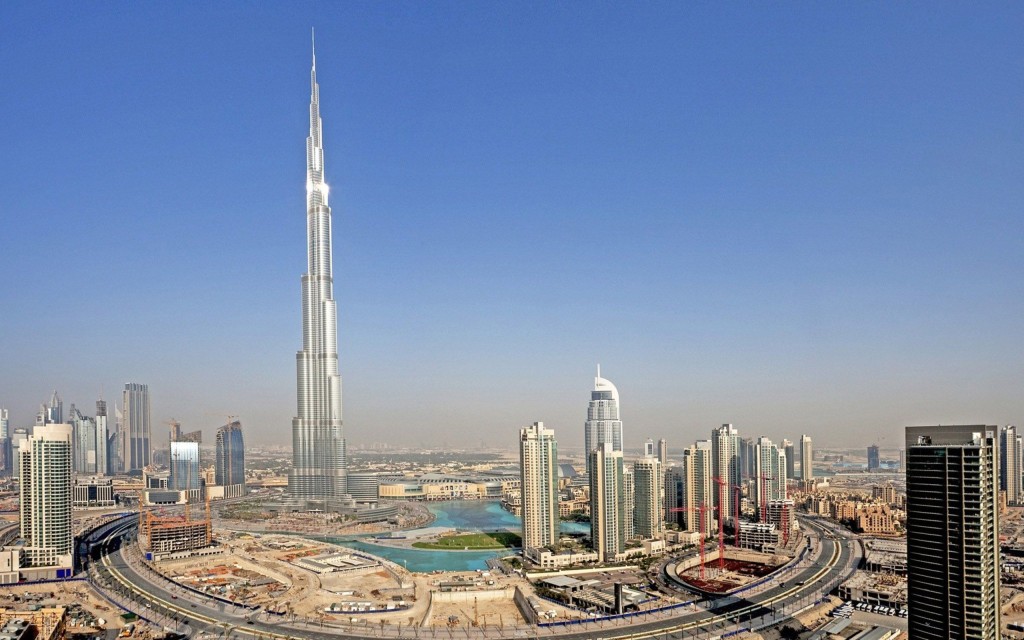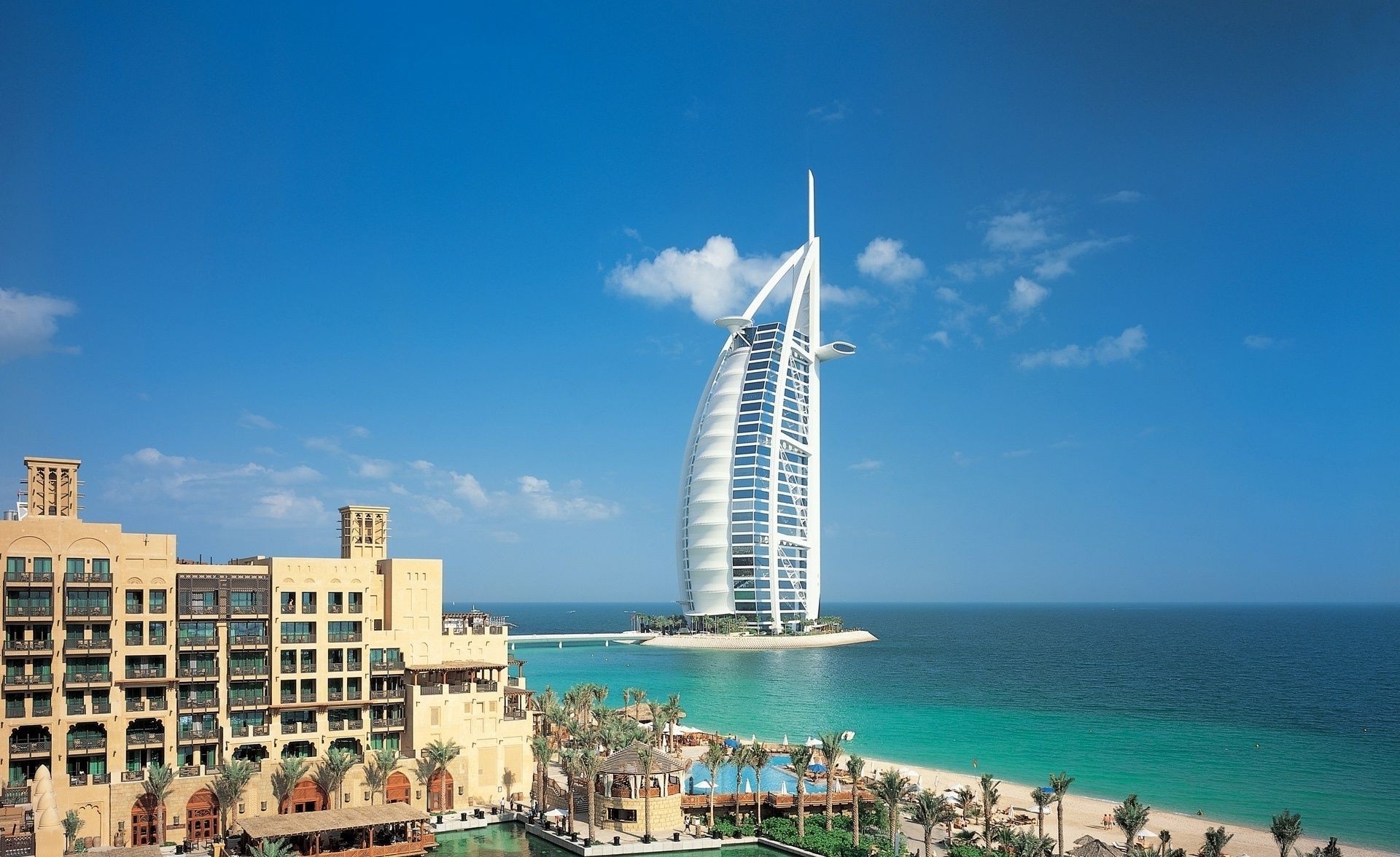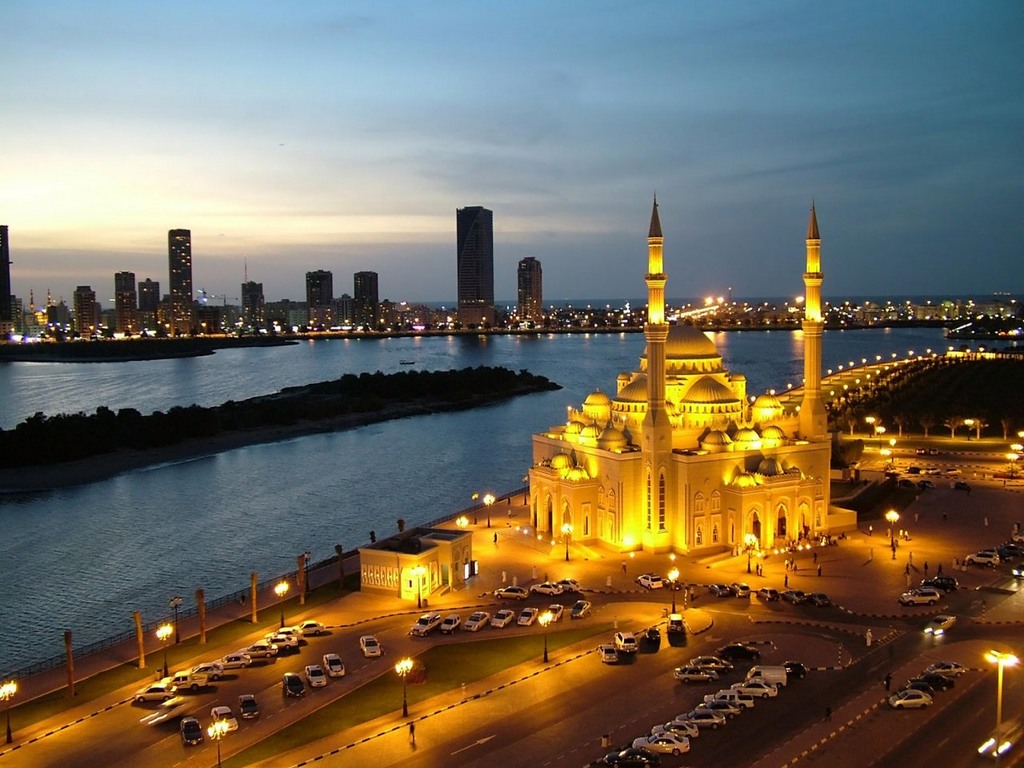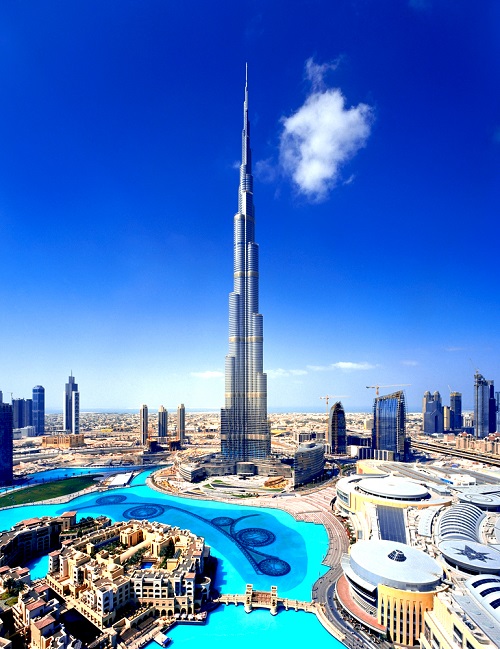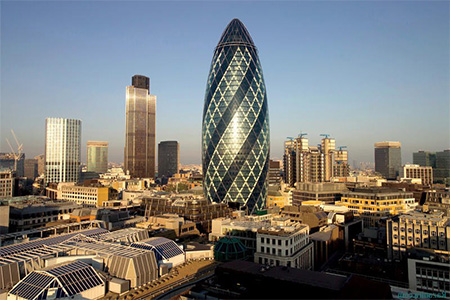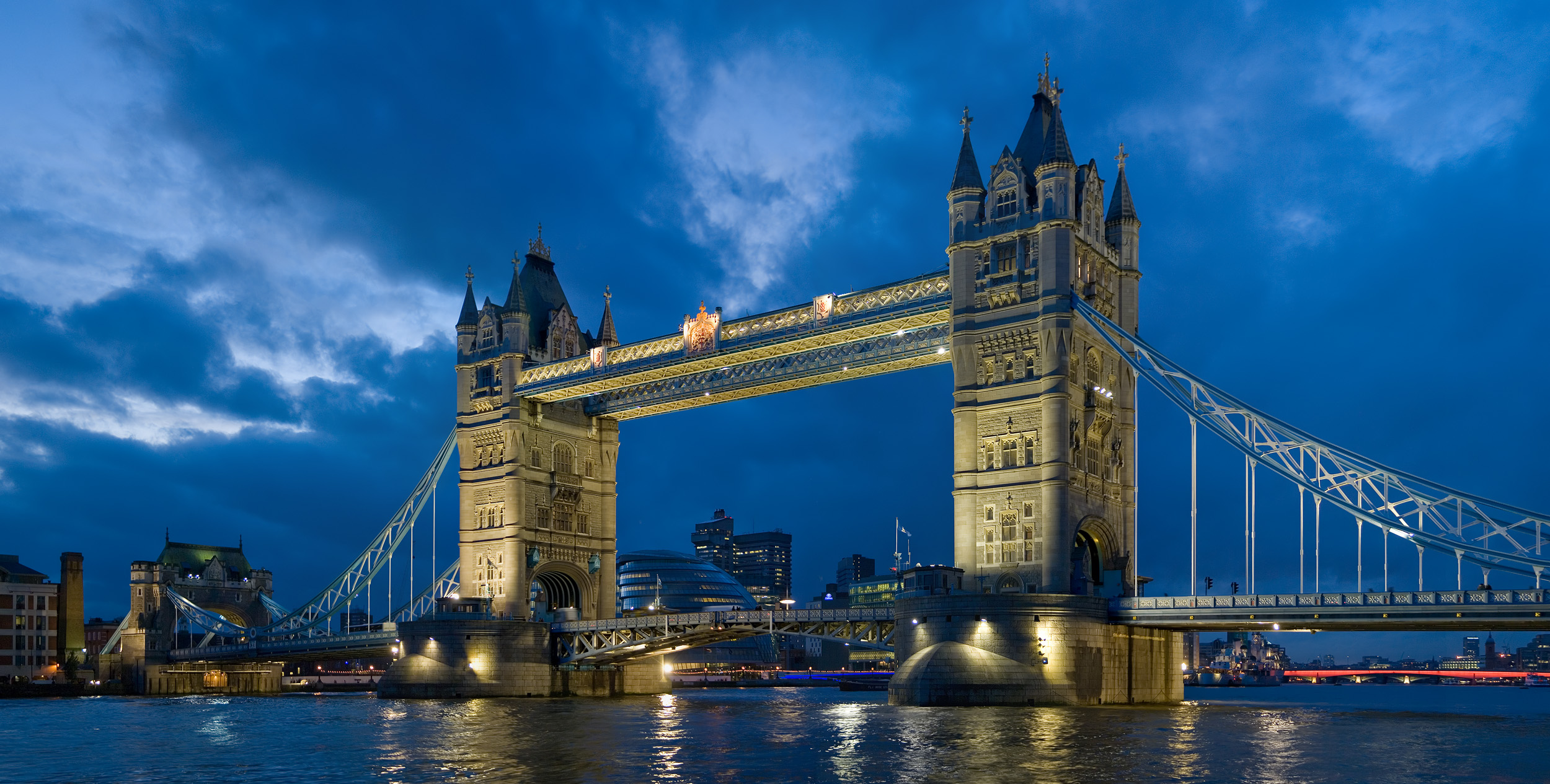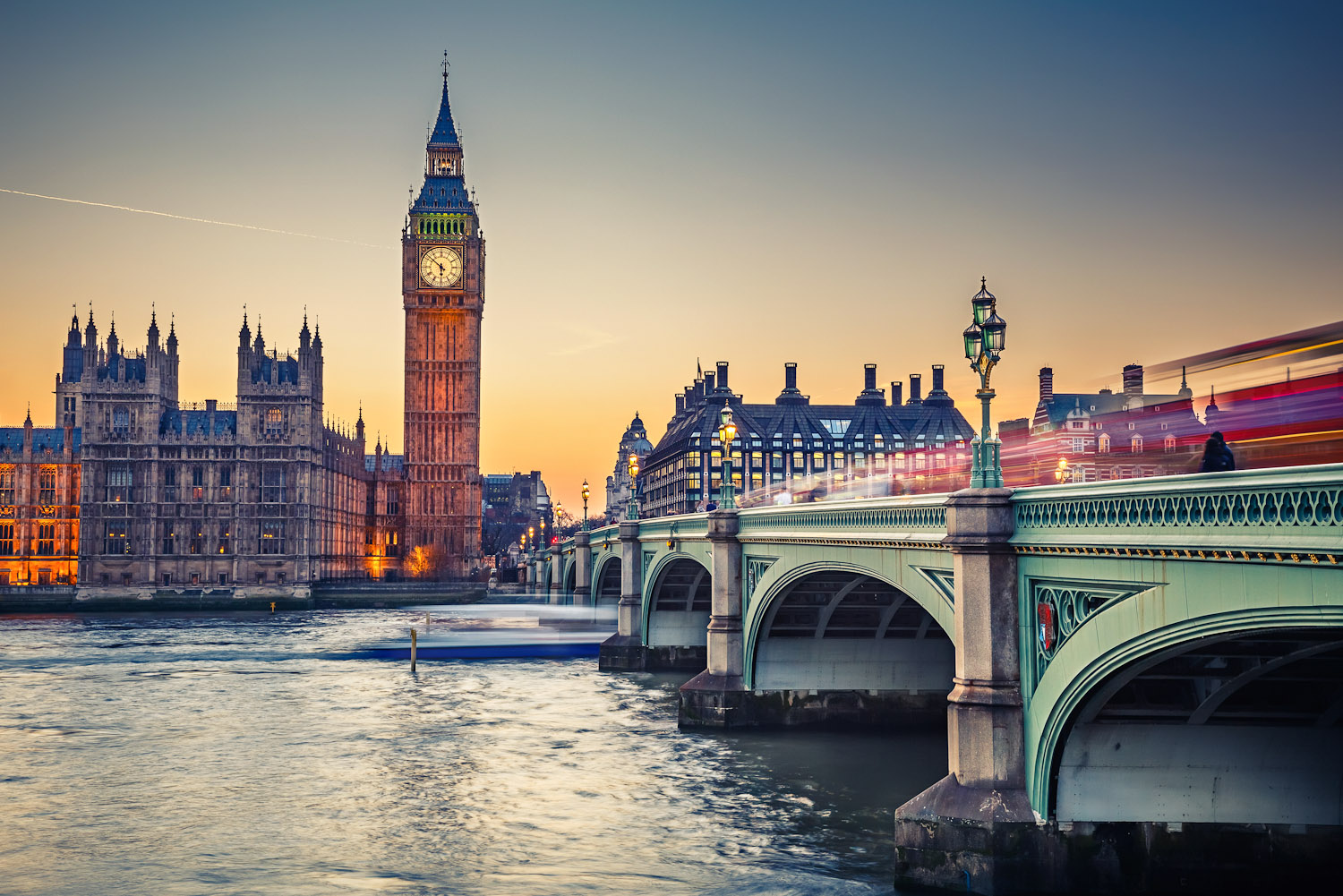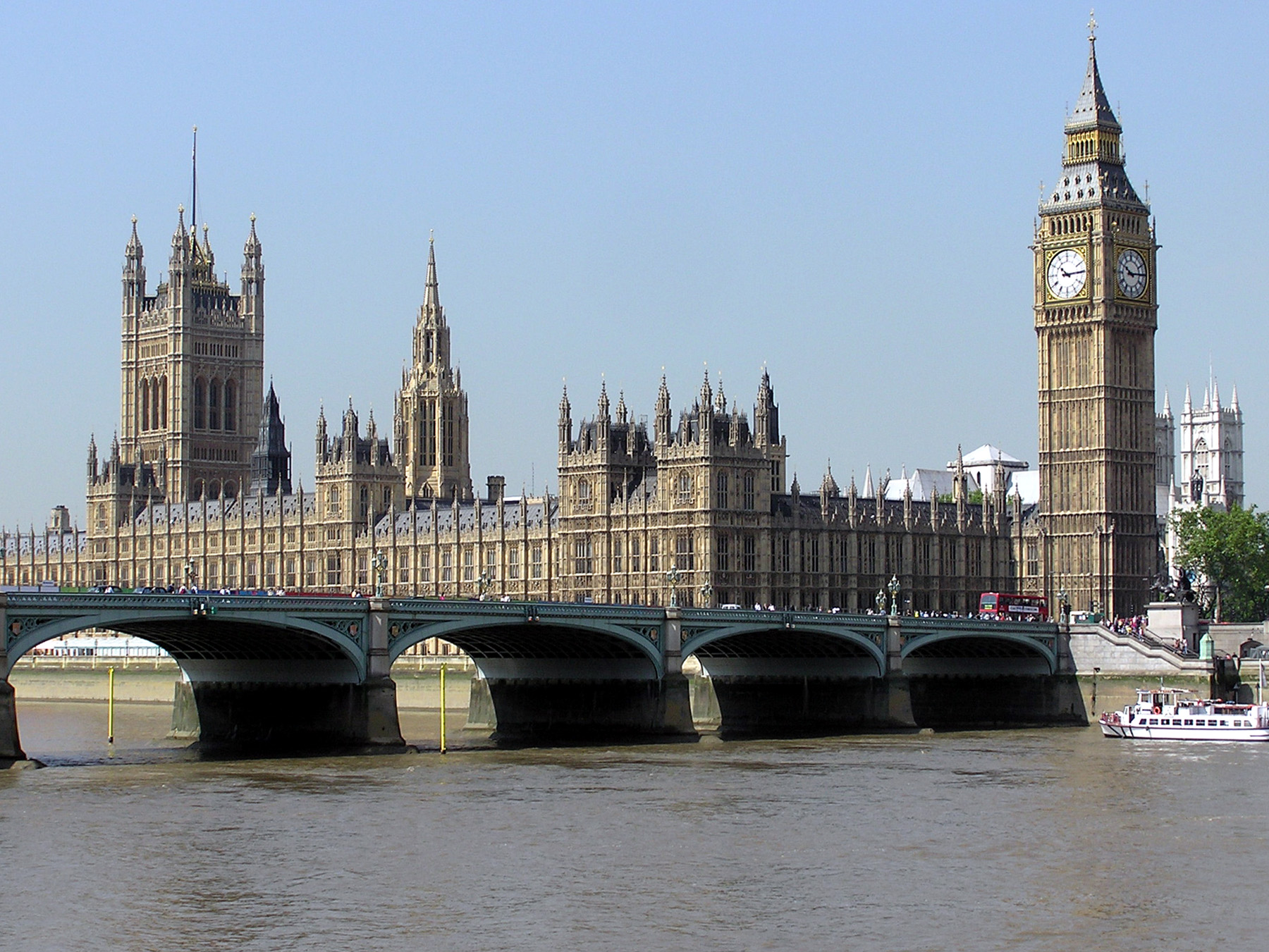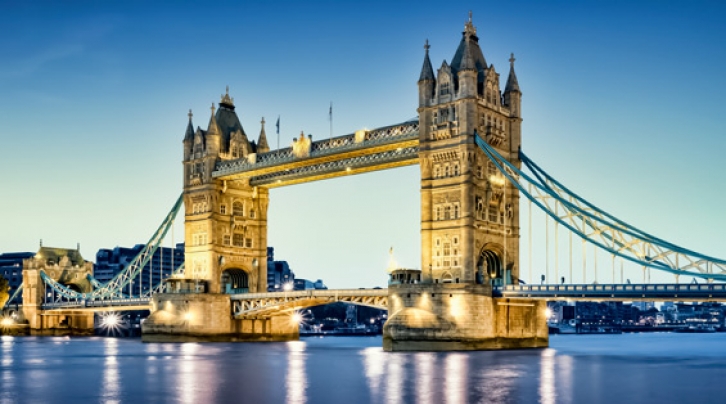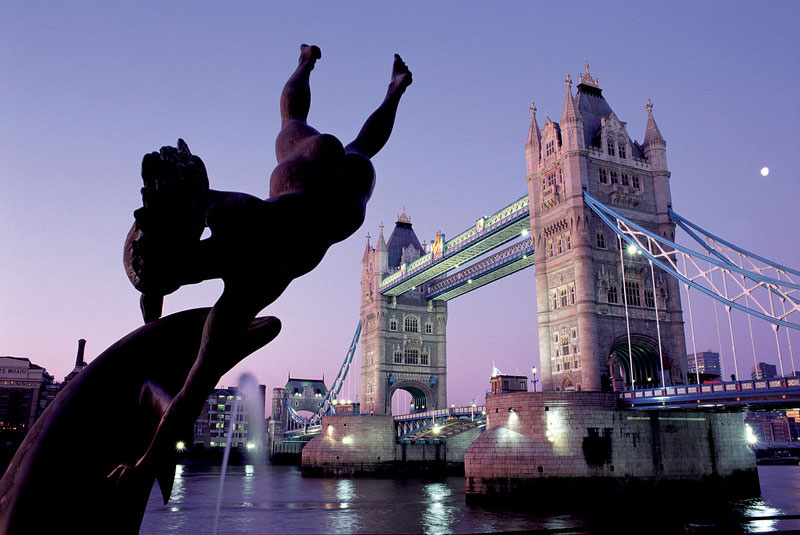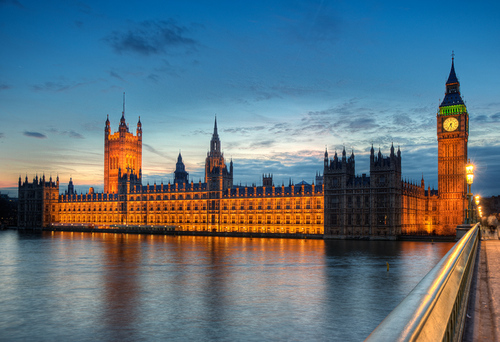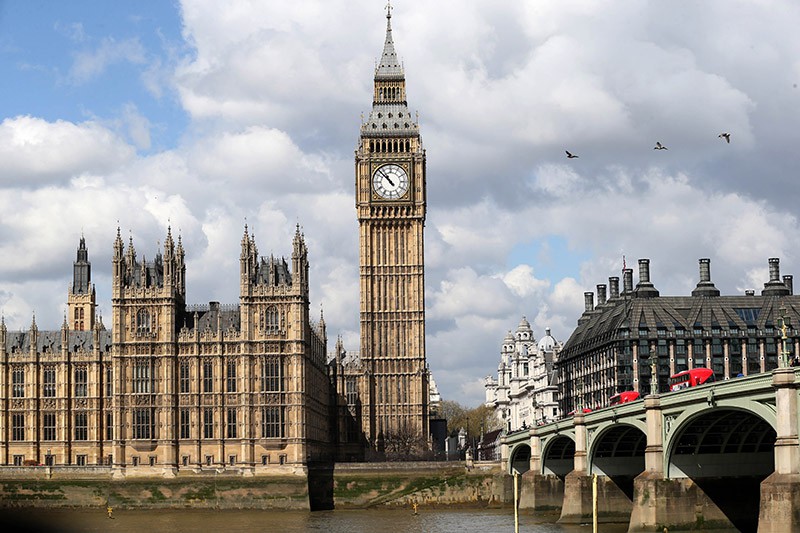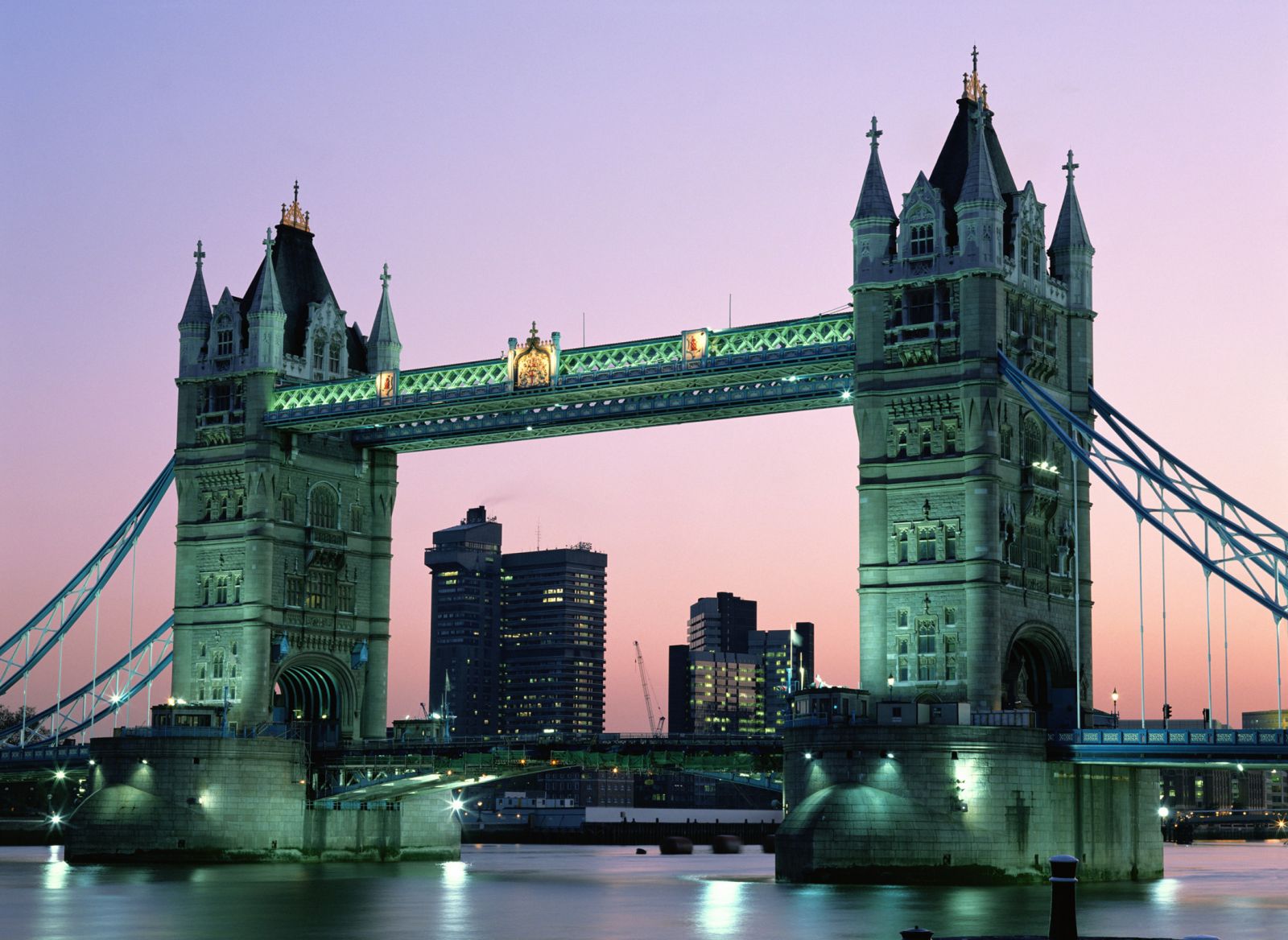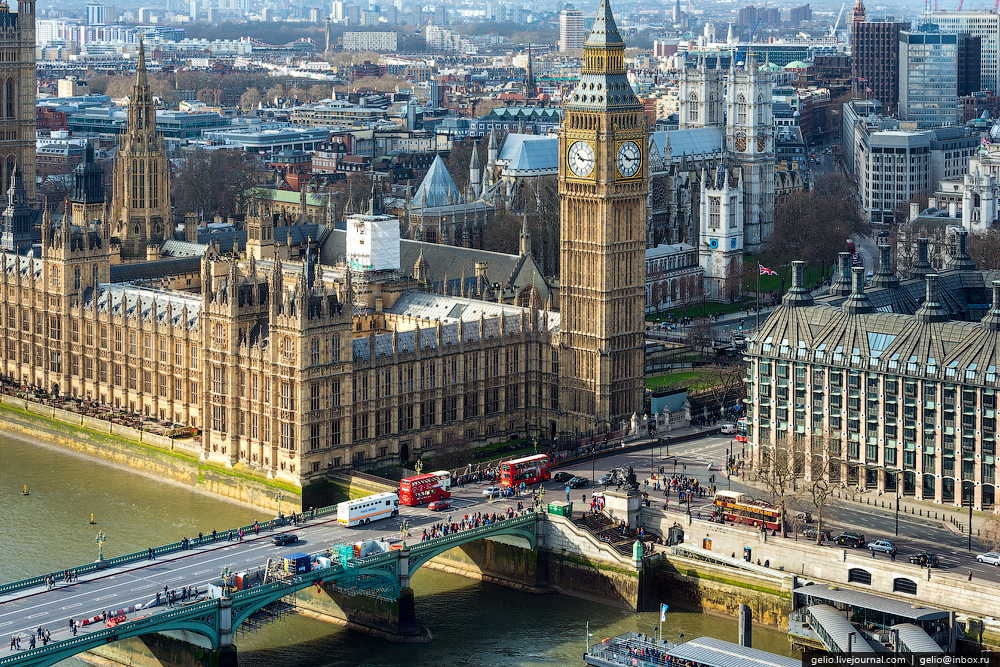DIVING IN UKRAINE
Every year diving in Ukraine is becoming an increasingly popular form of recreation and sports. Recently, the number of dive clubs and dive centers that conduct training according to the standards of various international schools has increased many times, not to mention the number of certified divers and independent instructors. There are several reasons for this. The first and the main - the Crimea and the Black Sea.
It is said that those who have been trained in diving in the Black Sea are not afraid of diving in more transparent and calm waters, such as in Egypt and Thailand. This is really so, because the amount of light and transparency of water at a depth of about 20 m in the Crimea such as, say, during a dive at 35-40 m in the Red Sea. The temperature of the Black Sea in the season (from May to November) ranges from 11 to 25 degrees and is completely unpredictable: for example, on the "street" - a red-hot August, and the water in the stormy sea is only 12-15 degrees. But, despite the vagaries of the weather and often the complete absence of civilized dive infrastructure, the Black Sea has always attracted a huge number of people who love this wonderful sunny edge with all their heart and dream of getting to know and get to know the underwater part of the Crimean coast. And the traditions of the post-Soviet space are strong:
Among the main places in the Crimea, which are famous for their interesting dive sites and where dive clubs operate on a permanent basis, Tarkhankut (the westernmost point of the Crimea) takes the first place. This cape is famous for its underwater caves and underwater museums (dive sites "Alley of Leaders" and "Alley of Anchors"), a monument to the first underwater house in the USSR, the sites of the films "Amphibian Man" and "Pirates of the Twentieth Century" and coastal rocks of unusual beauty . Not far from the Tarkhankut lighthouse are the racks "Ibrahim" (the dry cargo ship split into 2 parts, the depth of 10 m, became stranded and split in 2010) and "Tsesarevich Alexey" (a two-deck steamer sank in 1916 from an explosion on a mine, the depth to deck 46 m). And not far from Tarkhankut, near Evpatoria (Vitino settlement) at depths of 27 - 16 m lie interesting objects "Volga-Don", "Santa Fe" and "UJ-102". The Bulgarian "Varna" (sunk from the torpedo hit in 1943) is accessible to technicians; depth on the deck is 56 m.
Sevastopol, Balaklava and Odessa mainly attract divers with their numerous military wrecks and their history, a more civilized organization of diving and opportunities for underwater archeology. The southern coast of Crimea is a favorite holiday destination and a paradise for divers who prefer such natural underwater attractions as the Adalara cliffs and the Ayu-Dag mountain dive sites. The coastal part of the cape Chersonese with its ancient amphoras and anchors, the remains of the Junkers and Dornier airplanes (the first in the Tendera Bay water area, the second in the Kazachya Bay), the unique Ushakovskaya wall (up to 70 m), the Sulina (Odessa) dive sites make the Crimea and the Black Sea one of the most attractive dive sites in the CIS.
Kiev and its environs are also a suitable place for training and diving. Often you can meet divers in Pashin and Malin quarries, where dive clubs periodically flood various devices in order to increase the popularity of these dive sites; Also famous is the Sokolovsky granite quarry (the town of Zhitomir) with its 105 m depth.
Recreational diving in Ukraine as a whole is developed quite well, although the market is still very far from filling at least 50%. Dive clubs operate in every major city, and small cities are slowly but surely moving towards the development of this industry. Basically, as well as almost everywhere in the world, training is conducted on the PADI system. On the second place - CMAS; a small number of other international schools are also represented. Technical diving is gradually gaining momentum, as, among other things, manufacturers of equipment with world names come to Ukraine, which allows them to approach the safety issues in a serious and qualitative manner.
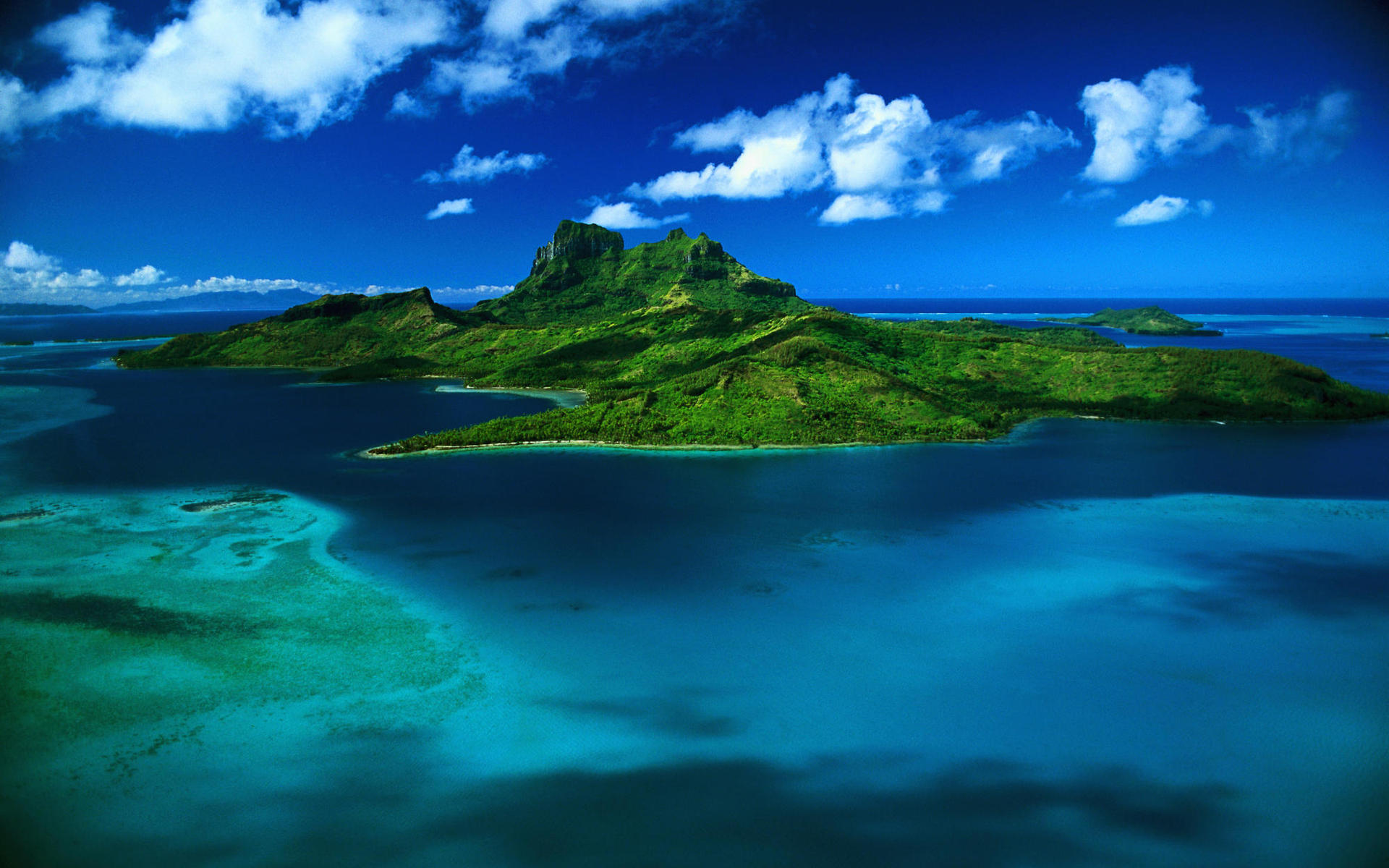

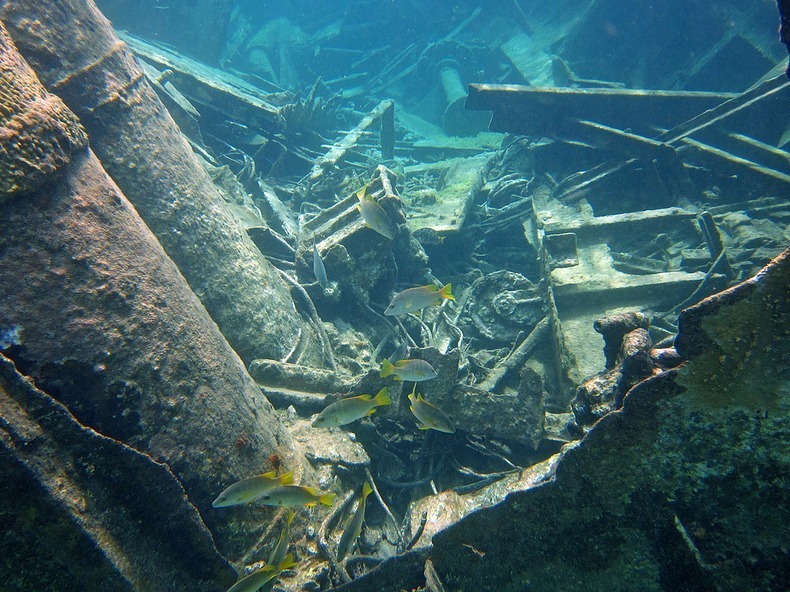

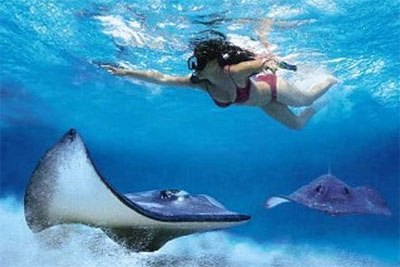
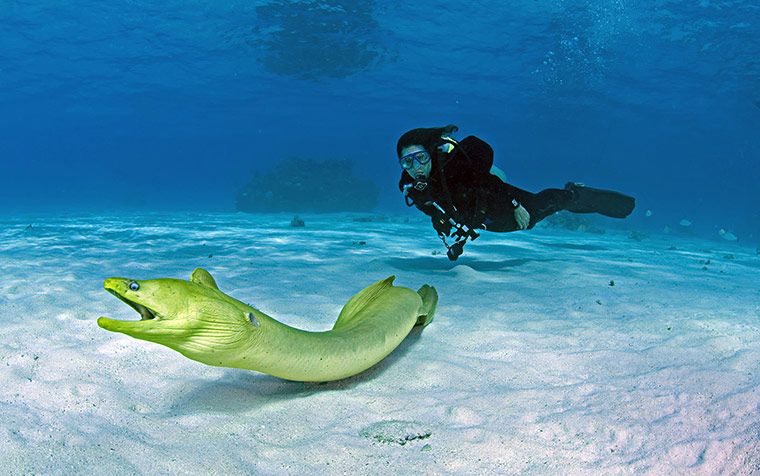
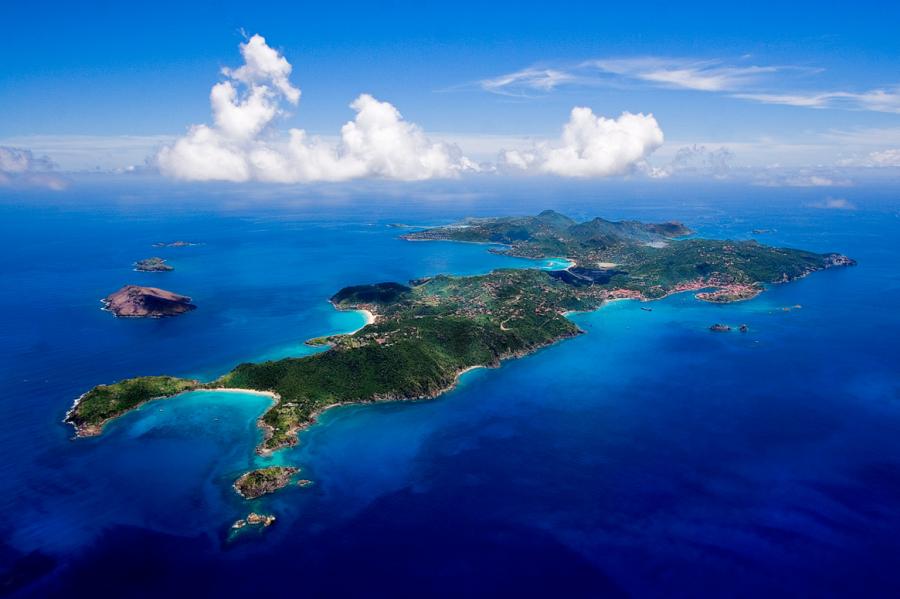
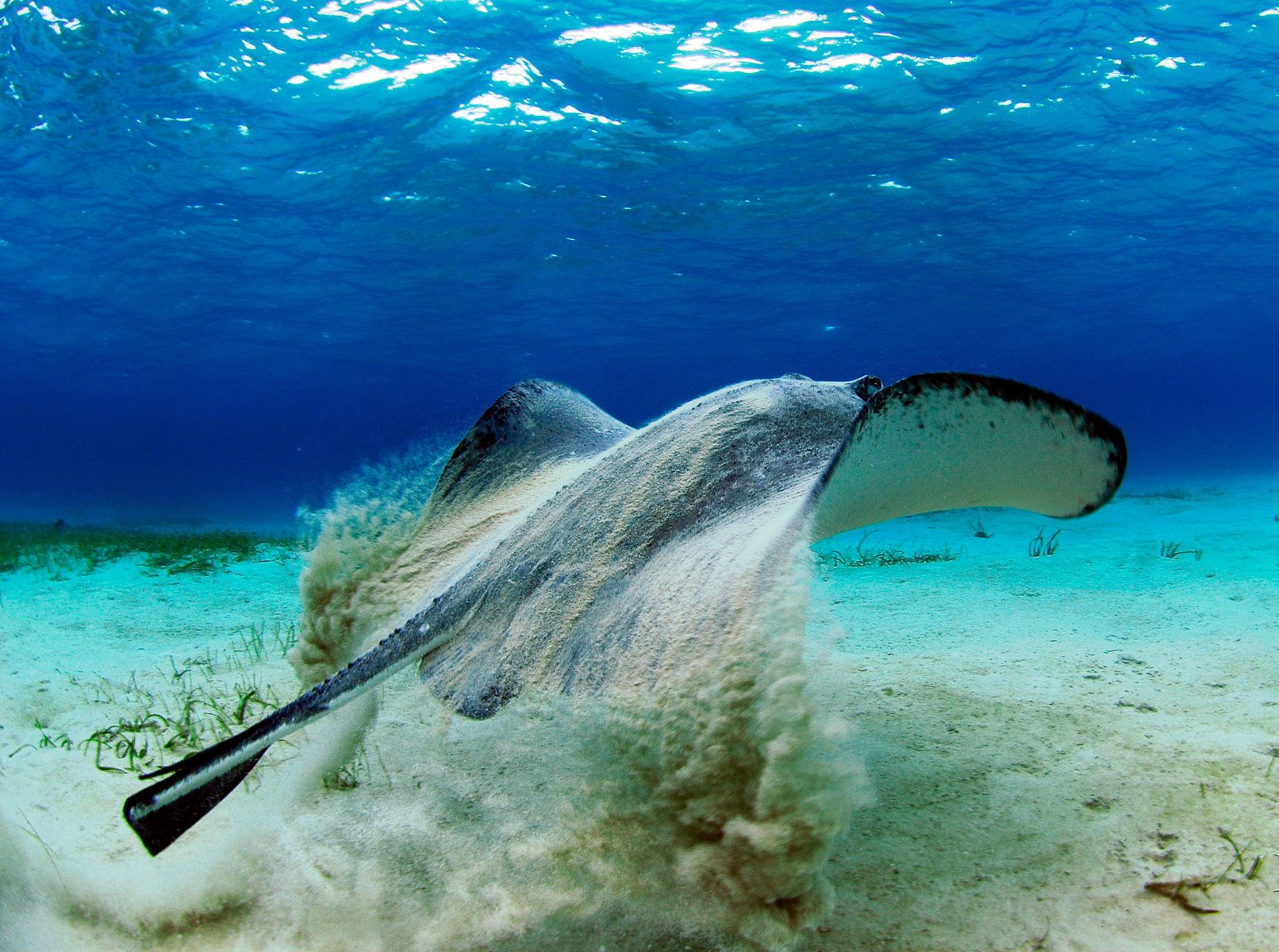
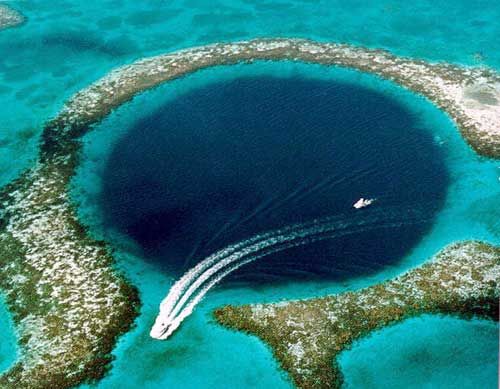

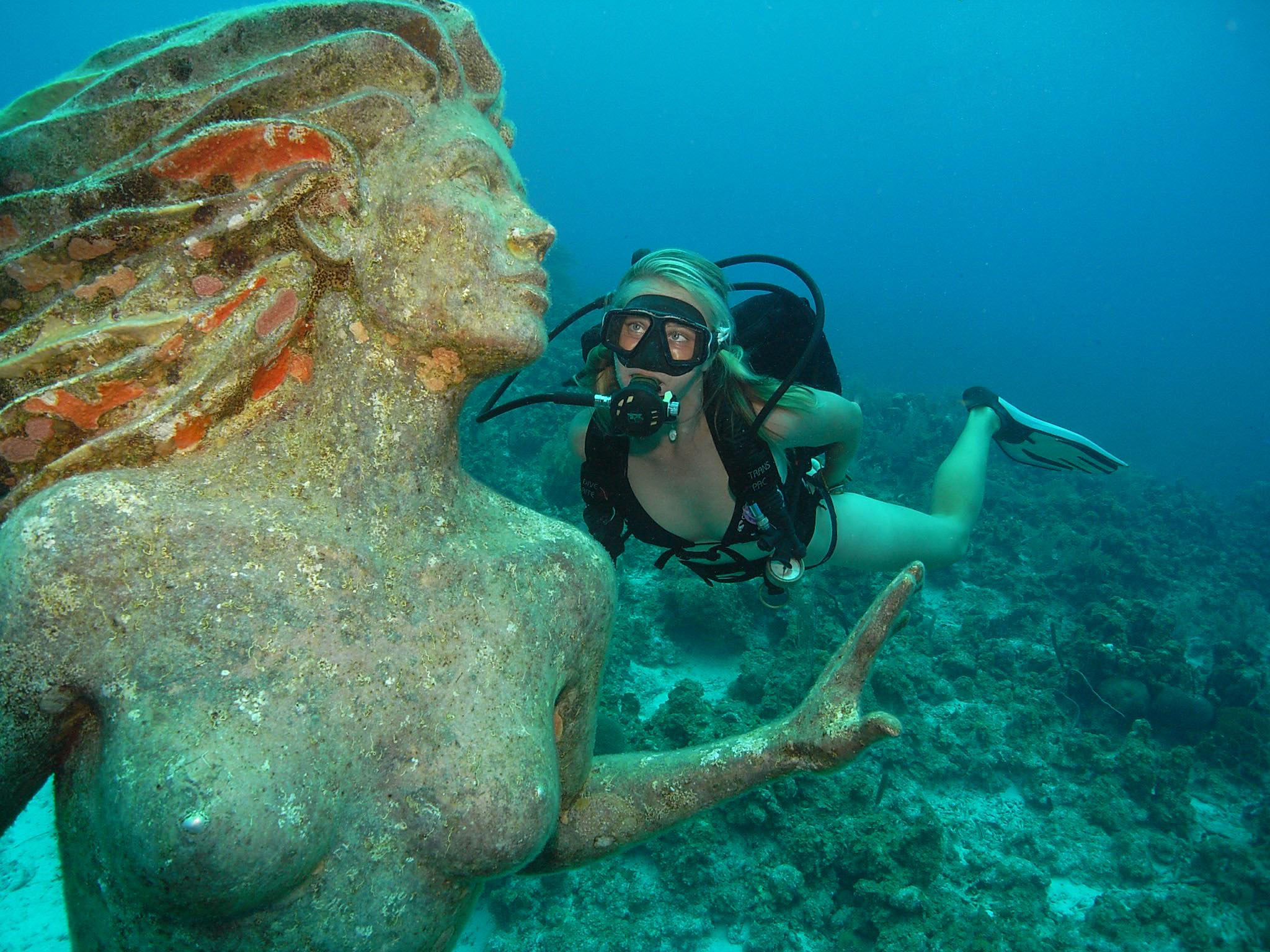
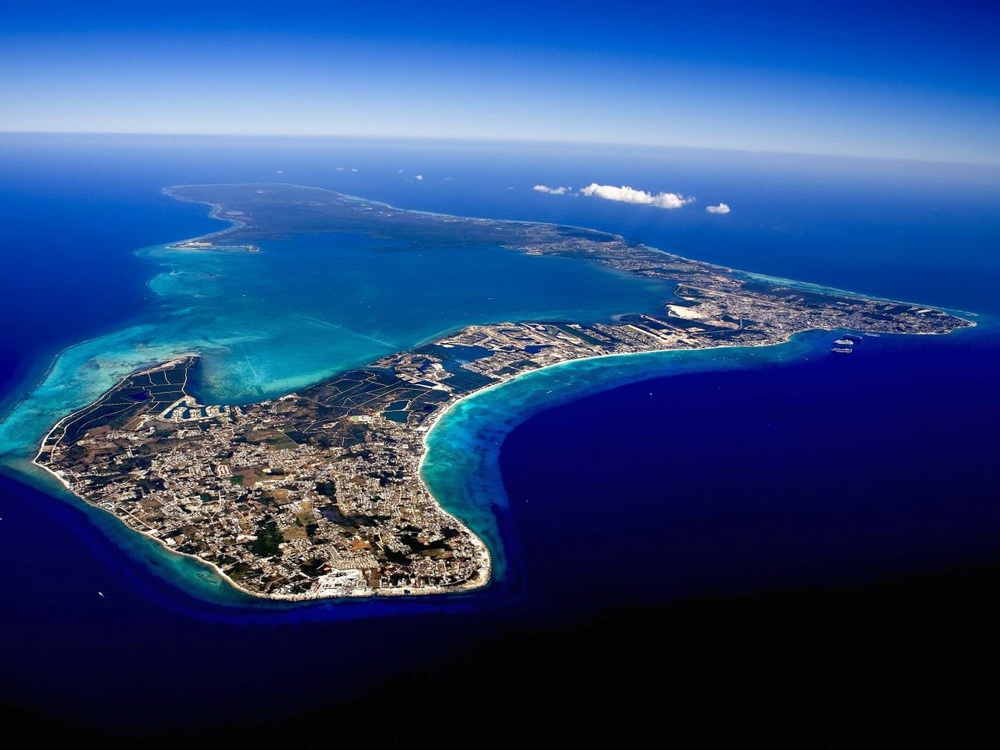
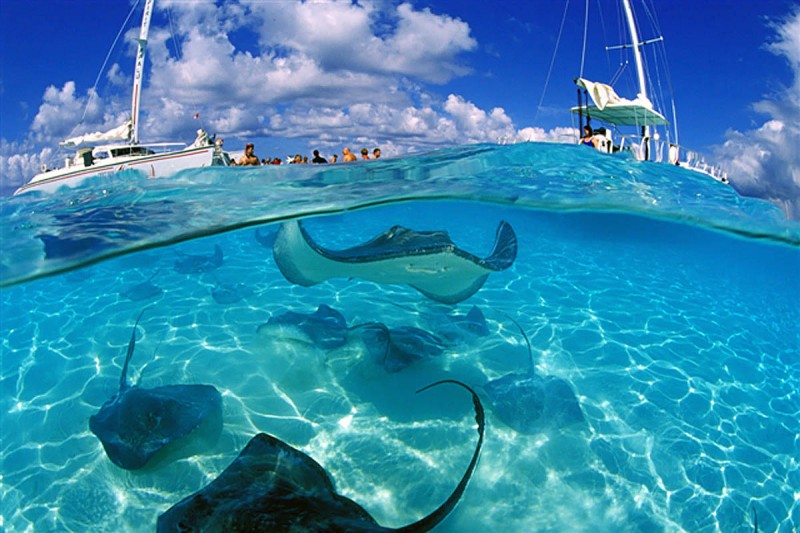


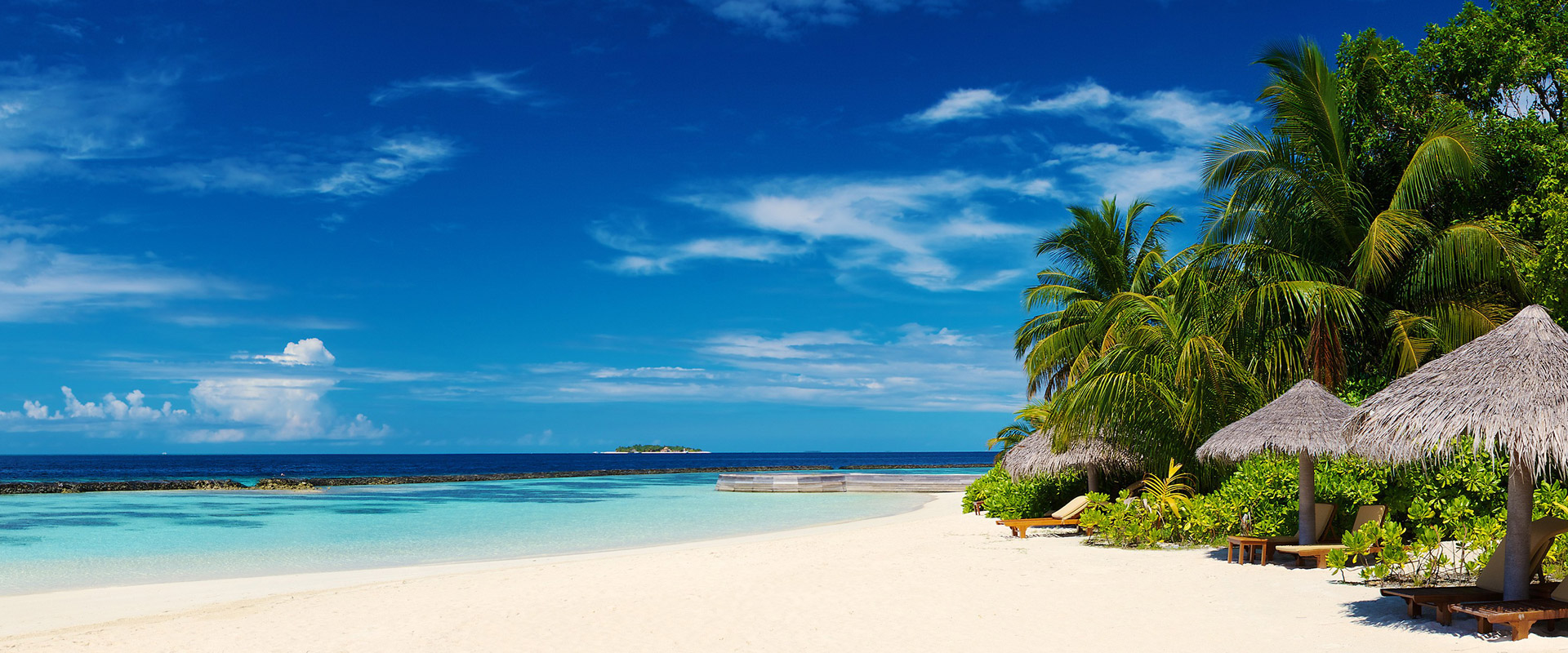

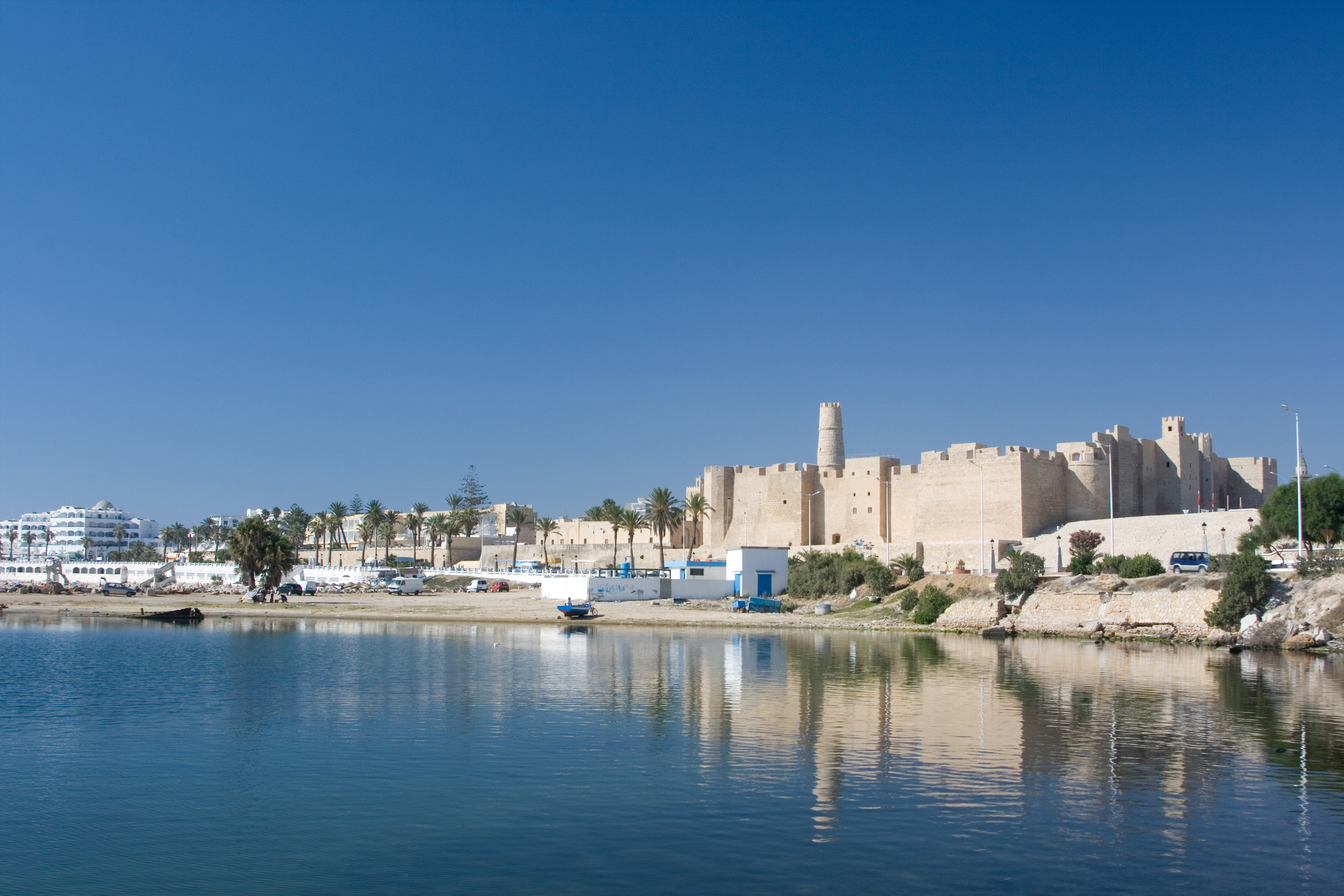
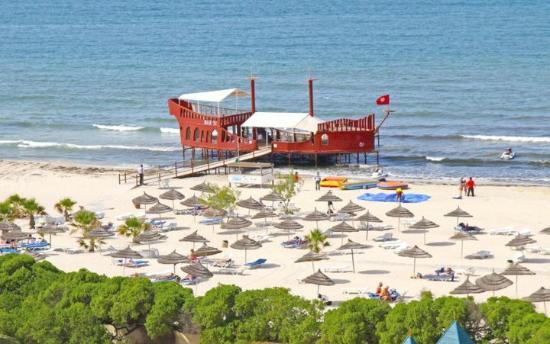
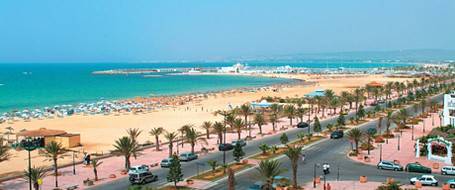
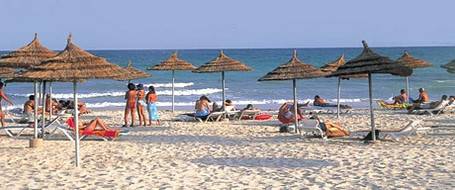

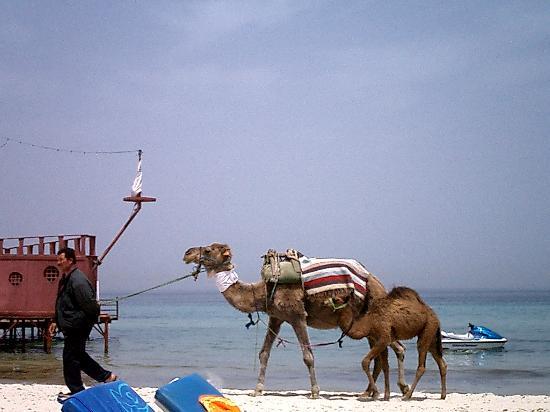
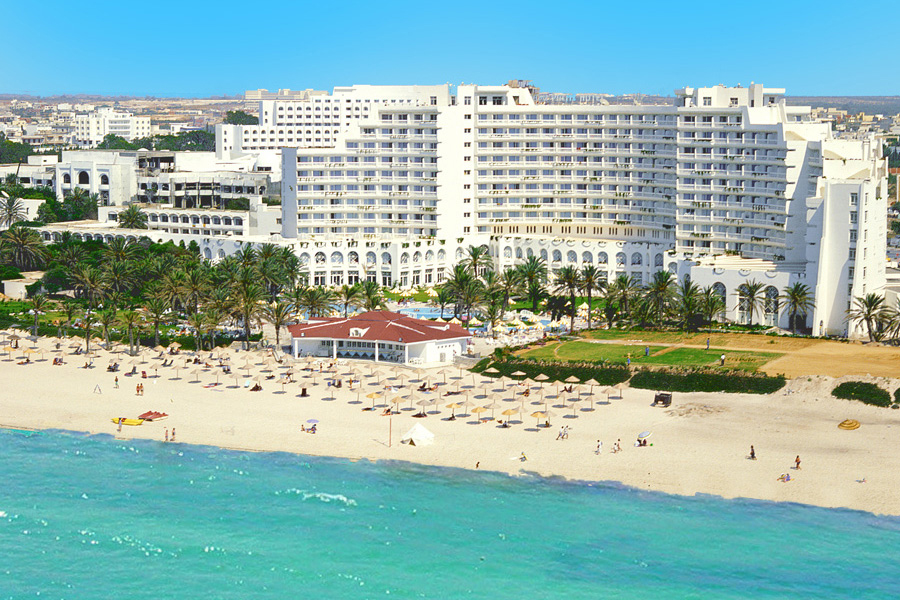
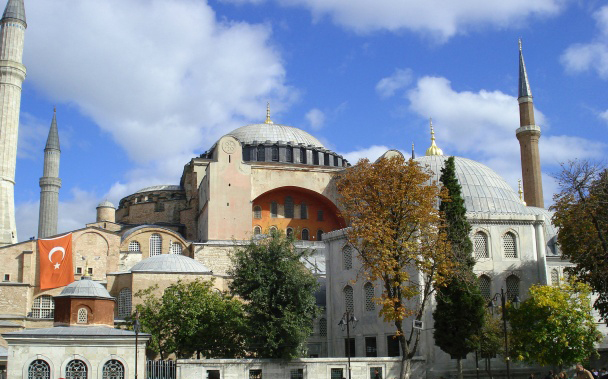
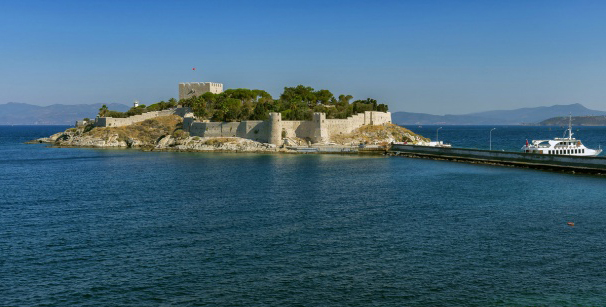

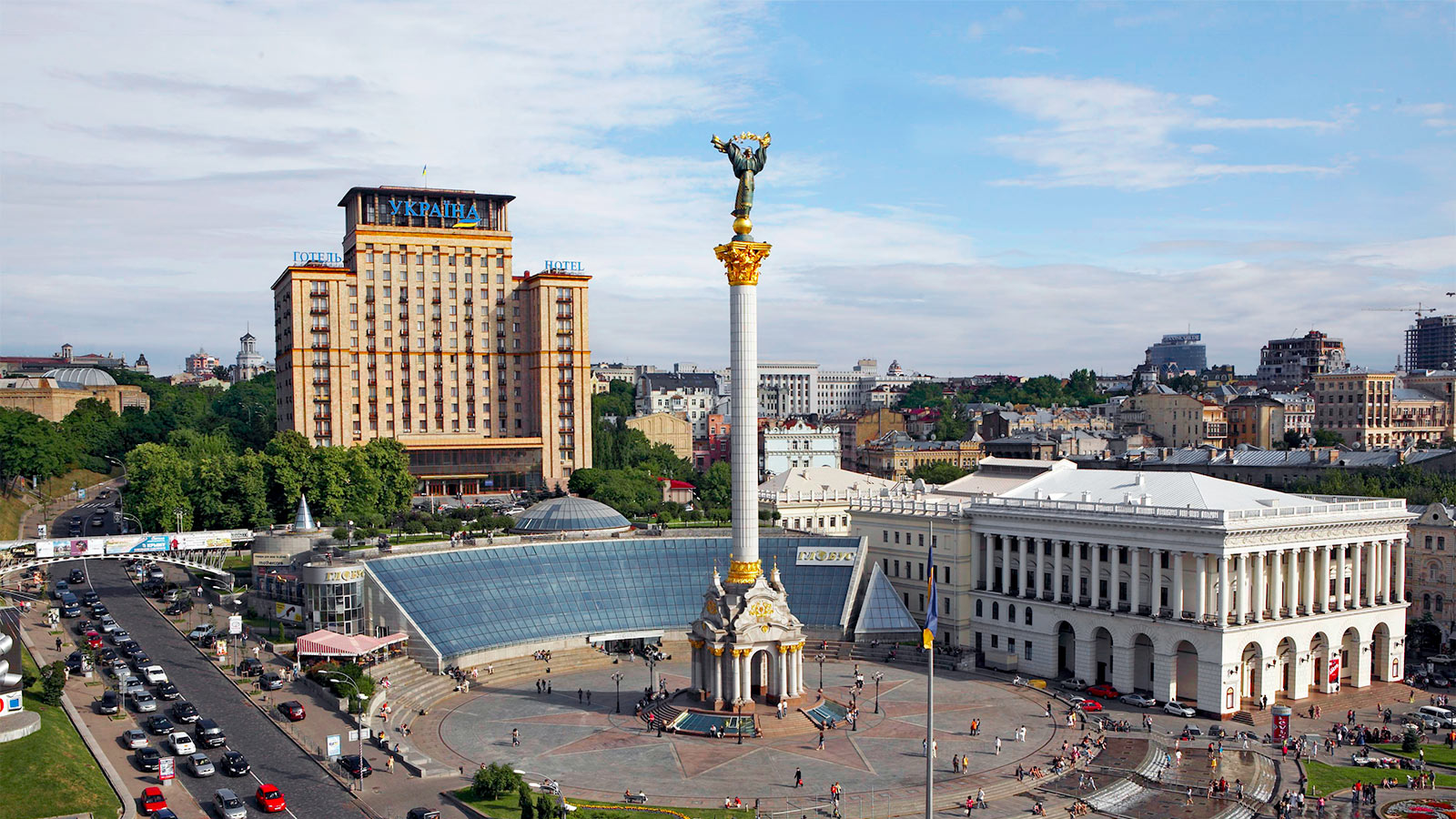

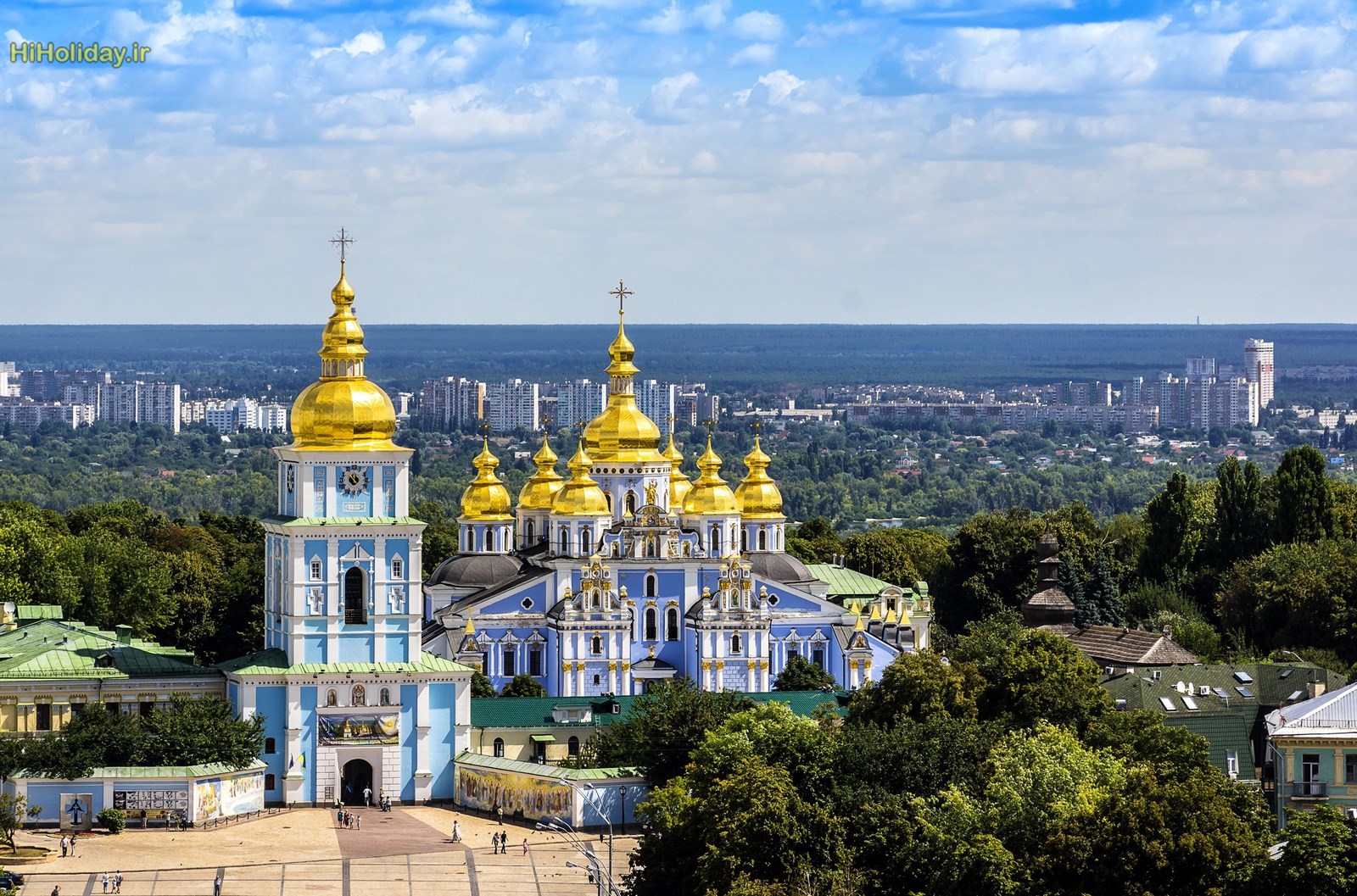
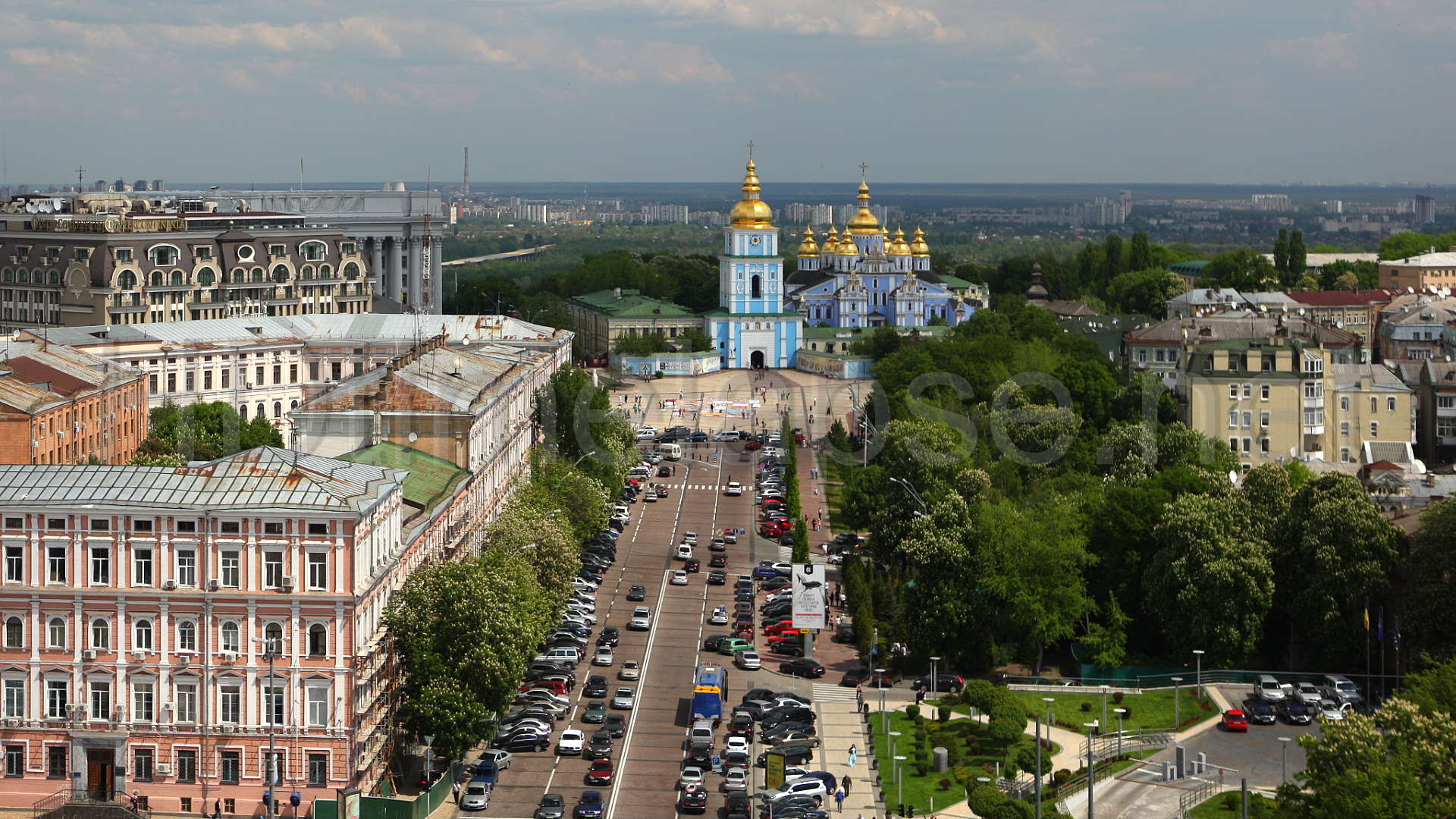
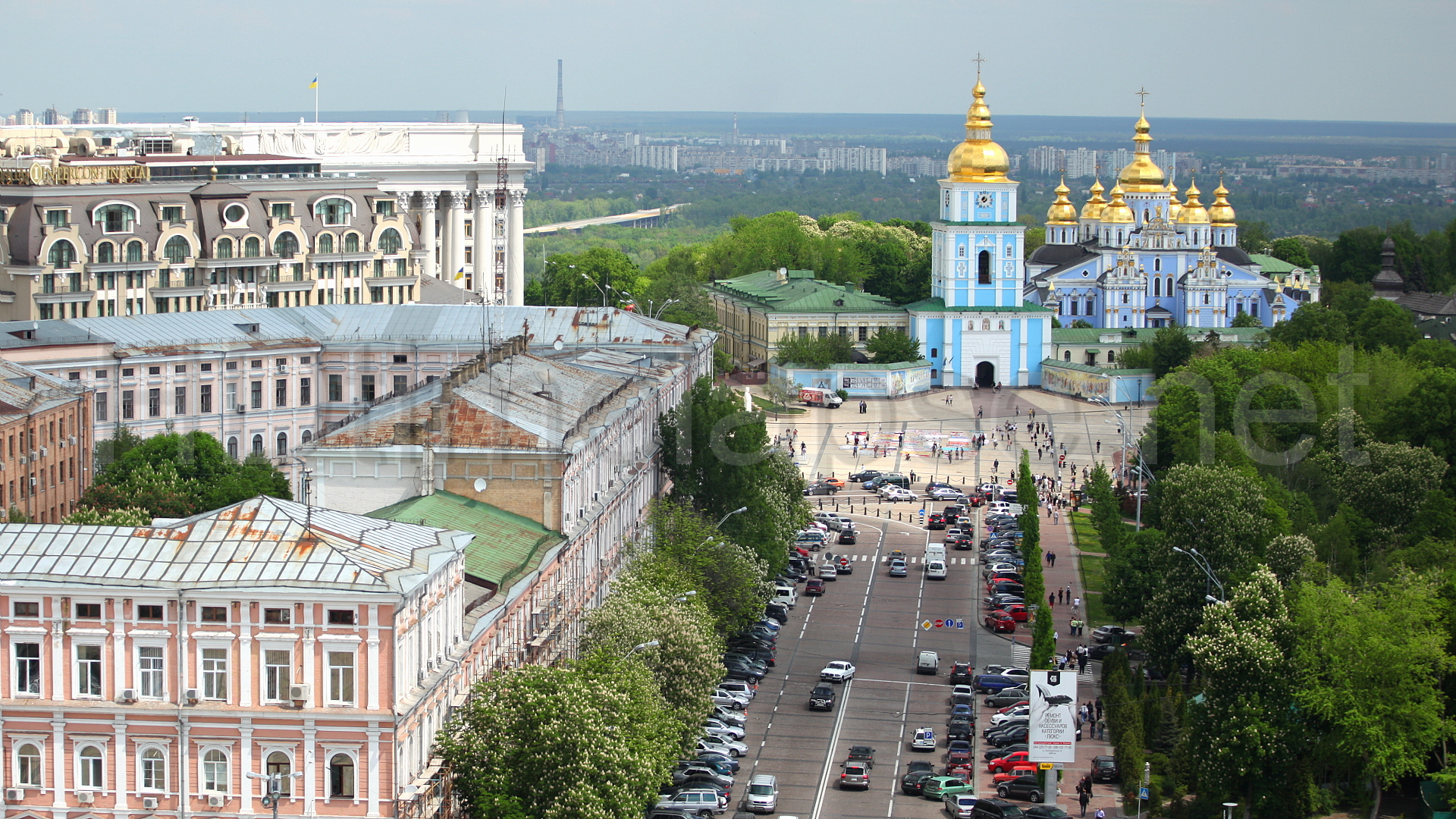
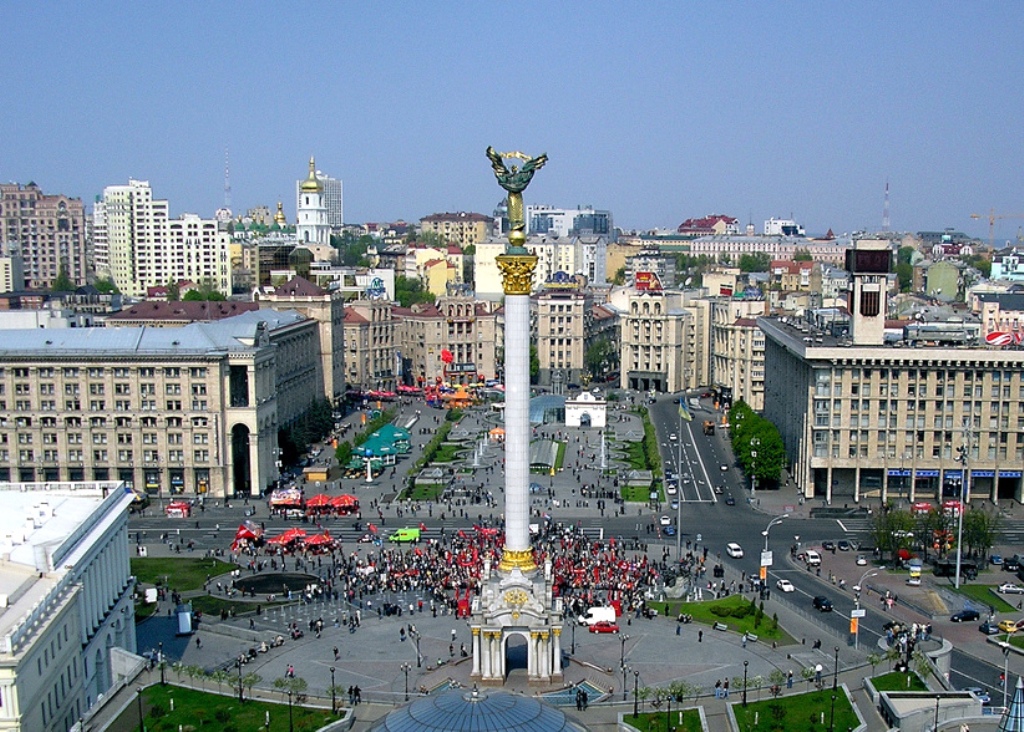
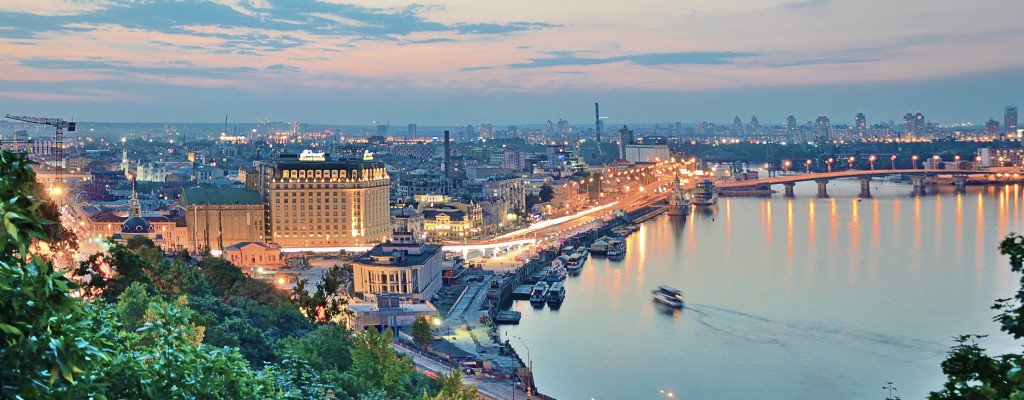
 18.8%
18.8% 17.7%
17.7%


